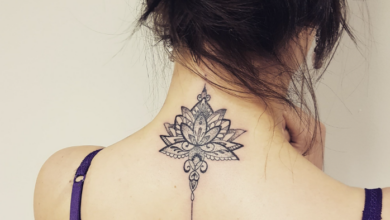
Get ready to embark on a fascinating journey through the history and cultural significance of tribal tattoos. In this article, we will explore the origins of these captivating body art forms and delve into the rich traditions and inspirations behind them. Join us as we navigate the world of tribal tattoos, uncovering the stories and meanings that lie beneath the intricate designs.
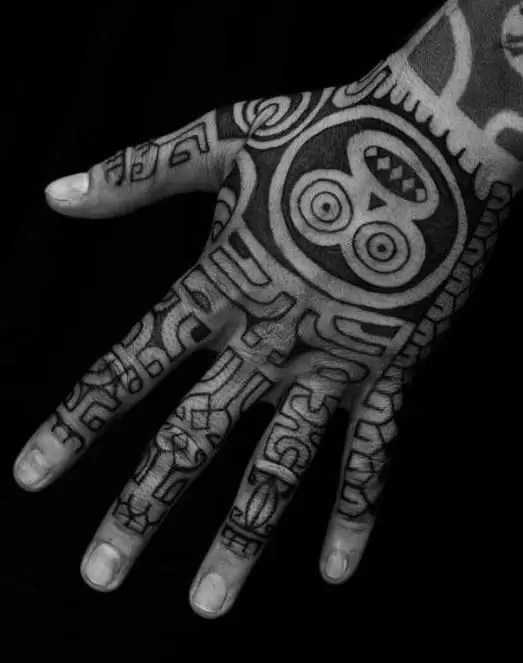
The Origins of Tribal Tattoos
Ancient roots of tribal tattooing
Tribal tattoos have a rich and ancient history, dating back thousands of years. They can be traced back to various indigenous cultures around the world, where tattooing was a deeply rooted cultural tradition. These tattoos were not merely decorative, but held deep significance and meaning.
Different tribal tattoo traditions
Different regions and cultures developed their own distinct styles and traditions of tribal tattooing. From the Maori tribe of New Zealand to the indigenous peoples of Polynesia, Native Americans, and various African tribes, each culture had its own unique way of depicting tribal tattoos. These tattoos served as a form of identity, marking important milestones in a person’s life, and symbolizing strength, bravery, and cultural heritage.

Cultural significance of tribal tattoos
Tribal tattoos held significant cultural and spiritual meanings for the communities they originated from. They were not only a means of self-expression, but also a way to connect with ancestors and deities. These tattoos were intricately linked to rituals, ceremonies, and social hierarchies within the tribal communities. They expressed cultural pride, conveyed stories and legends, and invoked protection and spiritual power.
Evolution of Tribal Tattoos
Tribal tattoos in modern society
As time passed and cultures evolved, tribal tattoos began to transcend their traditional boundaries and gained popularity in modern society. Tattoo enthusiasts from various backgrounds embraced tribal designs as a form of self-expression and admiration for ancient cultures. These tattoos became a symbol of strength, individuality, and connection to the past.

Influence of popular culture on tribal tattoos
The influence of popular culture can be seen in the evolution of tribal tattoos. Movies, music, and fashion trends have all played a role in shaping the modern interpretation of tribal tattoos. These tattoos have been depicted in mainstream media, often portraying a sense of mystery and exoticism. This exposure has both contributed to their popularity and sparked debates surrounding cultural appropriation.
Contemporary interpretations of tribal tattoos
In recent years, tribal tattoos have taken on new forms and styles. While traditional tribal designs still hold their allure, contemporary interpretations have emerged, blending elements of traditional tribal motifs with modern aesthetics. Tattoo artists are incorporating new techniques and incorporating personal artistic visions, resulting in unique and individualized tribal tattoos.
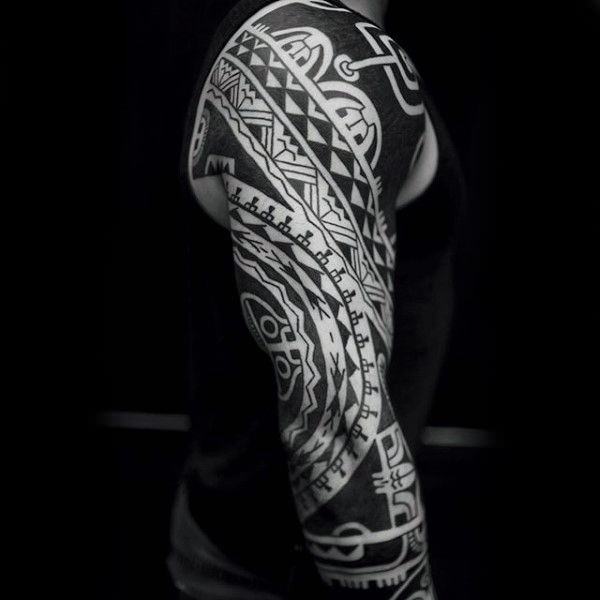
Common Tribal Tattoo Designs
Geometric patterns and symbols
Geometric patterns are a common feature in tribal tattoo designs. These intricate patterns often represent balance, harmony, and order. Lines, circles, and triangles are meticulously arranged to create stunning visual imagery that captivates the eye. These patterns are not only visually appealing, but also carry deeper symbolic meanings such as protection, spirituality, and connection to nature.
Animal motifs in tribal tattoos
Animals have always held great significance in tribal cultures, and they continue to be popular motifs in tribal tattoos. Each animal carries its own symbolism; the eagle may represent freedom and courage, the wolf might symbolize loyalty and family, while the bear could signify strength and protection. Incorporating animal motifs into tribal tattoos allows individuals to connect with the power and energy of these animals.

Incorporation of natural elements
Nature has always played a vital role in tribal cultures, and it is no different when it comes to tribal tattoo designs. Elements such as water, fire, earth, and wind are often included, symbolizing the natural forces and the connection between humans and the world around them. These elements represent the cyclical nature of life, the passage of time, and the ultimate transience of all things.
Traditional Tribal Tattoo Techniques
Hand-tapping method
Traditional tribal tattoos were created using a technique known as hand-tapping. This method involved using a small tattoo instrument, usually made from bone or wood, and tapping it against the skin using a mallet or stick. The tattoo artist would carefully tap the instrument into the skin, creating the desired design. This method required immense skill and precision, as the artist had to achieve the desired depth and evenness of the tattoo.
Tattooing tools and materials
Traditional tattooing tools consisted of natural materials such as bone, wood, and animal teeth. These were intricately carved and crafted to create precise and effective instruments. The ink used was made from natural substances such as plant dyes, ash, and animal fats. These materials not only held cultural significance but also ensured the longevity and richness of the tattoo.
Importance of symbolism in traditional tribal tattoos
Traditional tribal tattoos were deeply symbolic and held immense cultural meaning. Each design had a specific purpose and significance, often representing personal achievements, social status, or spiritual beliefs. The symbols used in these tattoos were carefully chosen and understood by the community, acting as a visual language that conveyed important messages and narratives.
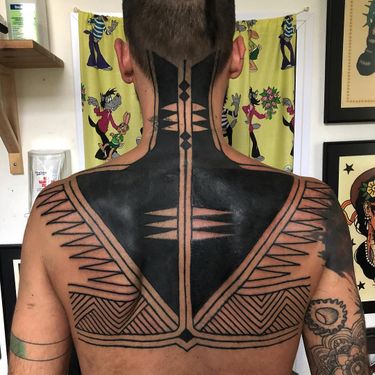
Tribal Tattoos and Cultural Identity
Expression of cultural heritage
Tribal tattoos have long been used as a way to express cultural heritage and belonging. By acquiring a tribal tattoo, individuals can proudly display their connection to a particular culture or community. These tattoos serve as a visual representation of one’s roots and can act as a reminder of traditions, values, and ancestral wisdom.
Symbolic meanings and personal stories
Each tribal tattoo design carries its own unique symbolism, allowing individuals to tell personal stories through their ink. These tattoos often commemorate important life events, demonstrate personal achievements, or honor loved ones. They can serve as a form of self-empowerment and a way to memorialize significant moments in one’s life journey.
Inclusivity and appropriation of tribal tattoos
While tribal tattoos have gained popularity and wider acceptance, it is essential to navigate the fine line between appreciation and appropriation. It is crucial to respect the cultural and historical context of these tattoos and understand the significance they hold for the communities they originated from. Appropriation can lead to the erasure of cultural meaning and contribute to the commodification of tribal designs.
Tribal Tattoo Inspirations from Around the World
Maori tribal tattoos from New Zealand
Maori tribal tattoos, also known as “Moko,” are among the most well-known and recognizable tribal tattoo traditions. These tattoos originated in New Zealand and hold deep cultural significance for the Maori people. Maori tattoos often represent tribal affiliations, social status, and personal genealogy. The intricate and bold designs, consisting of curved lines and spirals, create visually striking patterns that captivate the eye.
Polynesian tribal tattoos
Polynesians have a long history of tribal tattooing, with each island having its distinct style and symbolism. These tattoos often cover large portions of the body and can include intricate motifs such as ocean waves, fish, and shells. Polynesian tribal tattoos represent a connection to nature, spiritual beliefs, and the strength of one’s ancestors.
Native American tribal tattoos
Native American tribal tattoos vary from tribe to tribe, each with its symbolisms and designs. These tribal tattoos often pay homage to animals, spirits, and elements of the natural world. From the intricate patterns of the Apache to the bold geometrical motifs of the Navajo, Native American tribal tattoos serve as powerful symbols of cultural identity and respect for ancestral traditions.
African tribal tattoo traditions
African tribal tattoos have a diverse range of styles and meanings, as the continent is home to countless distinct tribes. Tattoos in Africa can represent a wide array of elements, including tribal affiliations, spiritual beliefs, and personal achievements. These tattoos often feature bold lines, geometric patterns, and symbols inspired by nature, animals, and cultural customs.
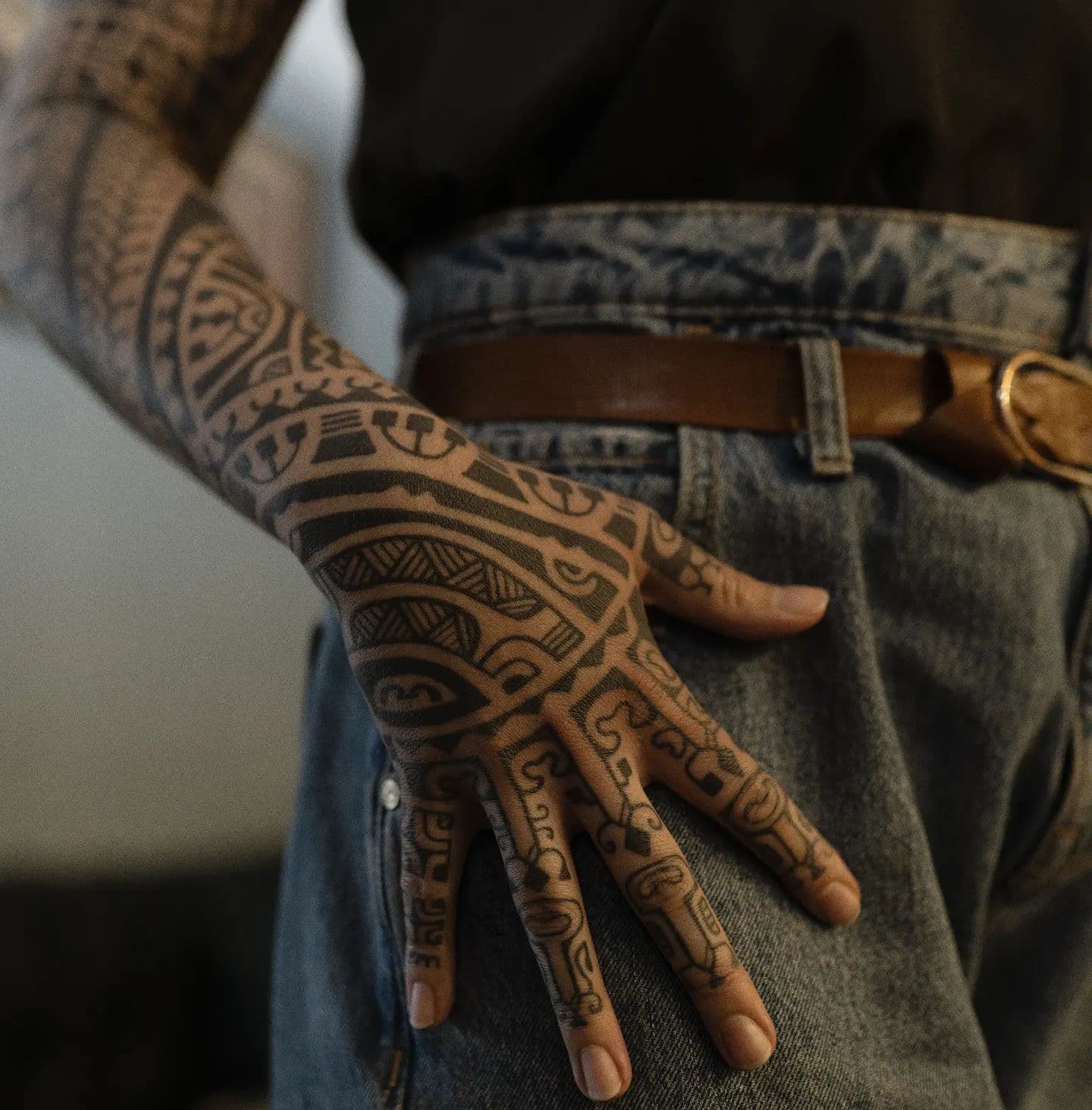
Factors to Consider Before Getting a Tribal Tattoo
Choosing the right design and artist
When considering a tribal tattoo, it is vital to choose a design and artist that align with your vision and respect the cultural roots of tribal tattoos. Research different tribal styles, symbols, and meanings to find a design that resonates with you personally. Additionally, finding a skilled and reputable artist who specializes in tribal tattoos is crucial to ensuring the quality and authenticity of your tattoo.
Understanding the cultural and historical context
Before getting a tribal tattoo, it is essential to understand the cultural and historical context behind the design you choose. Take the time to learn about the traditions, meanings, and symbolism associated with the particular tribal culture you are drawing inspiration from. Educating yourself about these aspects will help you appreciate and honor the cultural heritage behind tribal tattoos.
Placement and significance of tribal tattoos
The placement of a tribal tattoo can hold personal significance and add to the overall aesthetic of the design. Consider the meaning and symbolism of the tattoo and how it may align with your beliefs and values. Some individuals may choose to have their tribal tattoos prominently displayed, while others may opt for more discreet placements. Reflect on how you want your tattoo to be perceived and how it will integrate with your overall appearance.
The Popularity of Tribal Tattoos Today
Celebrities and tribal tattoos
Tribal tattoos have gained significant popularity and visibility through the influence of celebrities. Many well-known individuals, such as Dwayne “The Rock” Johnson and Angelina Jolie, have showcased their tribal tattoos, further contributing to their appeal and desirability. However, it is important to approach the trend with caution and avoid cultural appropriation, ensuring that respect and cultural understanding are at the forefront.
Tribal tattoos as a form of body art
Beyond cultural and symbolic meanings, tribal tattoos have become a recognized form of body art. Tattoo enthusiasts appreciate the beauty and aesthetic appeal of these designs and the level of artistic skill that goes into creating them. The bold lines, intricate patterns, and symbolic motifs make tribal tattoos a fascinating and visually arresting form of self-expression.
Controversies surrounding tribal tattoos
Tribal tattoos have not been without controversy, particularly when it comes to the issue of cultural appropriation. It is essential to approach tribal tattoos with respect and understanding, recognizing the cultural context from which they originate. Engaging in open and informed conversations about the significance and history of tribal tattoos is crucial to navigating the complexities and potential controversies surrounding them.
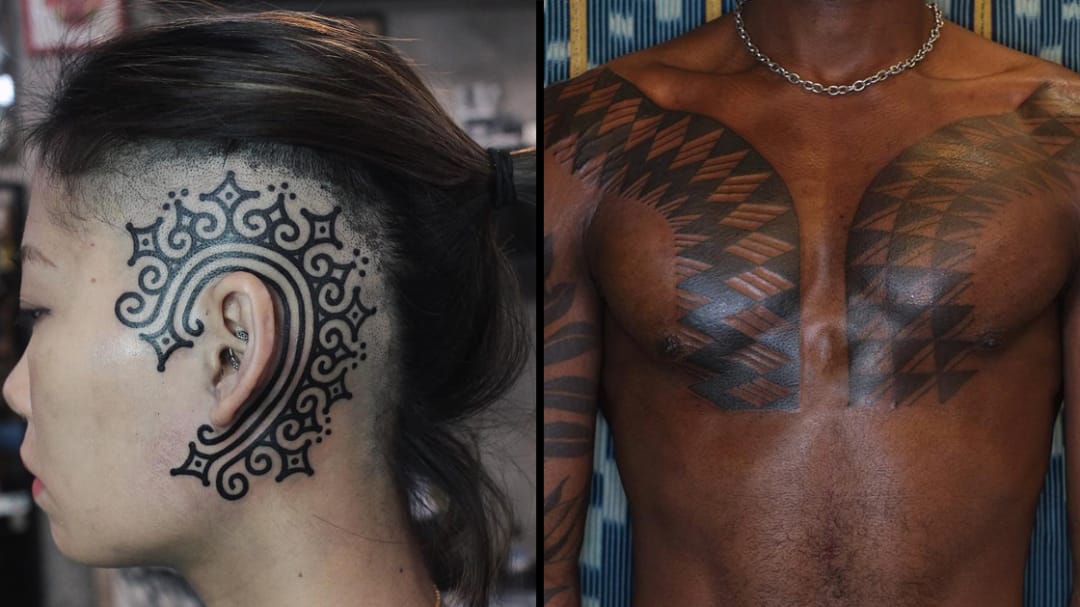
Tribal Tattoos: Fading or Thriving?
Impact of changing societal attitudes
The popularity and acceptance of tribal tattoos have evolved over time, reflecting changing societal attitudes towards body art. What was once considered unconventional and taboo has now become mainstream and accepted. However, as societal values continue to shift, it is essential to ensure that the cultural meaning and authenticity of tribal tattoos are not diluted or lost in the process.
Adaptation and fusion of tribal tattoo styles
Tribal tattoo styles have adapted and fused with other tattooing traditions, creating unique hybrid designs that cater to individual preferences. From neo-tribal tattoos, which incorporate tribal elements into contemporary styles, to fusion tattoos that blend tribal motifs with other artistic influences, the evolution and diversification of tribal tattoos continue to thrive.
Preservation of tribal tattoo traditions
While some may argue that tribal tattoos are losing their authenticity and cultural significance, efforts are being made to preserve and respect these ancient traditions. Tattoo artists, cultural scholars, and individuals passionate about tribal tattoos are actively engaging in cultural exchange, education, and collaboration to ensure that tribal tattoo traditions are honored and properly understood.
Conclusion
Tribal tattoos have a rich history and continue to captivate individuals around the world. From their ancient origins to their contemporary interpretations, tribal tattoos have undergone a remarkable evolution while retaining their cultural and symbolic significance. As an individual considering a tribal tattoo, it is crucial to approach the art form with respect and cultural understanding, appreciating the designs and their meanings. By choosing a design that resonates with you, understanding its cultural context, and working with a skilled artist, you can create a beautiful and meaningful tattoo that honors both your personal journey and the ancient traditions of tribal cultures.
The Journey Of Tribal Tattoos: From Tradition To Trend On Stylish.ae(Opens in a new browser tab)
Timeless Tattoos: Classic Designs That Never Go Out Of Style(Opens in a new browser tab)
Stylish.ae’s Introduction To The World Of Tattoos(Opens in a new browser tab)




